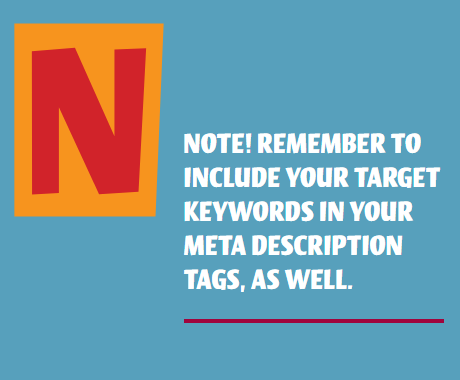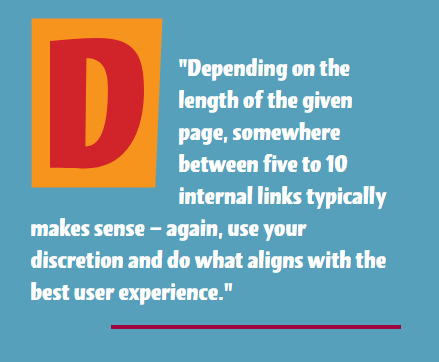
We’re excited to hear your project.
Let’s collaborate!

Have you seen a downfall in your website's ranking (and traffic)? What if you're to blame? What if you're making the all-too-common SEO mistakes to avoid in 2020?
Or at least some of them...
"But which are they?" you ask yourself.
This is precisely what I'll be pinpointing in this post:
The 13 all-too-frequent bad SEO habits that you, too, might be guilty of. And which are harming your website's SEO potential.
So, let's dive in:
And by "wrong keywords" I mean:
Instead, target long-tail keywords, that you can realistically rank for.
It's the "2-step" formula to success when optimizing a website for specific keywords.
Pro tip: if you're running an e-commerce website, target transactional keywords (they usually include terms like "subscribe", "for sale", "order", "apply", "reserve", "schedule" + the exact name of your branded product/service or general industry products/services)
One of the top SEO mistakes (since it's still so "popular") that you, too, might be making on your website:
You're being "sloppy" with your website's links and internal images.
In other words, you leave behind "residues" like:
Has your website started to... slow down?
How about implementing the quickest fixes at hand to speed up things a bit in there?
Here are 2 simple and effective steps you can take right away:
"What are some common SEO mistakes?"
Sticking to a poor URL structure is one of them.
And why would you bother including keywords in your URL structure? Since users can still find your website, even if it doesn't have keyword-optimized URLs?
Because keyword-rich URLs make it easier for search engines to locate your website.

Another one of the all-too-common SEO mistakes to avoid in 2020:
Generating your page titles dynamically instead of creating them manually.
Especially if we're talking about key pages on your website.
In this case, the risk of ending up with duplicate page titles, that will only confuse search engines, is very high.
And this is one bad habit that's going to cost you your website's high ranking in the search results.
As a rule of thumb, keep in mind to always insert your target keywords in the pages' title tags, as well.
And to stick to the proper length: less than 60 characters.
"What SEO mistakes am I making with my website?"
You're underestimating the power of internal linking.
Or the negative impact that such a bad practice can have on your site's ranking if you want to put it this way.
In other words:

Source: searchenginejournal.com
The END of Part 1!
These are the first 7 common SEO mistakes to avoid in 2020 from the list that we've put together for you. So, stay tuned for the second series of SEO bad practices...
Now, how many of them have you identified on your own website?
Are you having trouble getting them fixed? Or maybe just not enough time or enough SEO expertise in your team?
We're ready to land you a hand with that.
Just drop us a line and let's identify and fructify all those missed SEO opportunities on your website.
Image by Andrew Martin from Pixabay

We’re excited to hear your project.
Let’s collaborate!